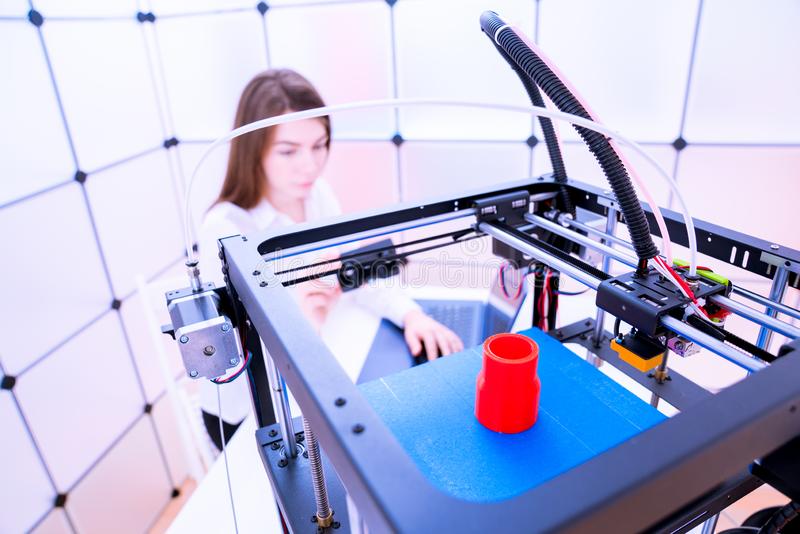Nowadays, customization and personalization are becoming more standard practices in many areas, whether it is in retail or in technology. A technology that enables this in many different facets is 3D printing. 3D printing is an upcoming technology that can be used for multiple purposes. Currently, for businesses, it is enabling them to easily create prototypes of their final product. This is called “rapid prototyping” (Hoffman, 2020). The 3D printer allows them to quickly adjust the product and implement potential changes.
In several industries such as healthcare, art and automotive industry 3D printing can be used and an increasing number of ways of applying this technique are found. Especially in healthcare 3D printing can have multiple benefits such as customisation and personalisation, increased cost efficiency, enhanced productivity and democratization and collaboration. For surgeries that involve implants or prosthetics, 3D printing will allow for easier customisation as the prototype can be made at a higher speed and adjustments that are needed can be implemented faster, which thus makes the customisation easier. Also, the speed at which these customised parts are made is much higher compared to the current traditional methods. As these surgeries and therefore the customised parts are relatively low volume, the cost of 3D printing is minimal (Ventola, 2014).
As mentioned above one current use is the personalisation of implants and prosthetics. There are several more and potentially more complicated applications in the healthcare industry. One application of 3D printing is the bio-printing of tissues and organs. Tissue or organ failure is currently treated by organ transplants, but there is a chronic shortage of human organs. Even if a transplant has taken place, it is still unsure how the body reacts to this new organ and if it will not be rejected. Bio-printing with cells from the patient’s body could eliminate this risk of rejection.
In conclusion, bio-printing is a promising technology that could increase the speed of customisation in healthcare as well as a potential solution to the organ shortage.
Bibliography
Hoffman, T. (2020, July 1). 3D Printing: What You Need to Know. Retrieved from pcmag.com: https://www.pcmag.com/news/3d-printing-what-you-need-to-know#:~:text=Designers%20use%203D%20printers%20to,and%20novelty%20items%2C%20and%20toys
Ventola, C. L. (2014). Medical Applications for 3D Printing: Current and Projected Uses. P&T, 704-711.


Hi Kiek, many thanks for posting this interesting article! I wrote a post about the opportunities of AR and VR in the healthcare industry and all the articles I read for this convinced me that the biggest changes in this sector will happen in the current century. However, I wanted to ask you these two questions:
– Do you think that 3D printing could also be used for something else than implants and surgeries, like training of medical staff for example?
– Do you think that bio-printing poses ethical concerns, or do you think that these are easily overweighted by the benefits of this technology?
Hope to hear from you soon!